The traditional florentine football game
The traditional florentine football game.
The 24th June 1930 was the fourth centenary from Francesco Ferrucci's death, the valorous knight who defended Florentine Republic during the siege of Florence of 1530.
The 17th February 1530 Florentine population played the traditional football game (calcio in costume) in Piazza S. Croce to react against the troups od Charles V: soldiers were relaxing because the war was lasting for several months!
A group of musicians stayed on the roof of the church of S. Croce to show the enemy they had no fear; luckily a cannon shot didn't hit them!
The football game was held another time from 1930 in a different scenary; Piazza Signoria. This event had a lot of success. Florence was proud to commemorate its origins, for this reason a match was played each year on St. John's day (24th June) until the second world war to feast the patron saint of the city.
Four teams represent with their colours the quartiers of the city; Blue S.Croce; White S. Spirito; Green S. John; Red S. Maria Novella. The rectangular square of S Croce is divided in two parts, it is covered with sand and sorrounded by metal fences. The two goal posts are situated on the shorter sides. The match is long 50 minutes and there are 27 players for each team. They can catch the ball with their hands, feet, heads and the aim is to make a "caccia", that is a goal. Each "caccia" corresponds to a point: in fact after a "caccia" the ball is positioned in the centre of the square to start again. If the goal fails the team lose an half point (metà caccia). At the end of the match the Florentine population answers "Viva Fiorenza" to the exhortation of the captain of the district who says; "Shout with me, Florence hurrah!". The winner team, the one with more goals, symbolically receives a white veal.
S. John the Baptist is arriving and the final is In a few days: white against red: S. Spirito against S. Maria Novella! Who is going yo win?
The 17th February 1530 Florentine population played the traditional football game (calcio in costume) in Piazza S. Croce to react against the troups od Charles V: soldiers were relaxing because the war was lasting for several months!
A group of musicians stayed on the roof of the church of S. Croce to show the enemy they had no fear; luckily a cannon shot didn't hit them!
The football game was held another time from 1930 in a different scenary; Piazza Signoria. This event had a lot of success. Florence was proud to commemorate its origins, for this reason a match was played each year on St. John's day (24th June) until the second world war to feast the patron saint of the city.
Four teams represent with their colours the quartiers of the city; Blue S.Croce; White S. Spirito; Green S. John; Red S. Maria Novella. The rectangular square of S Croce is divided in two parts, it is covered with sand and sorrounded by metal fences. The two goal posts are situated on the shorter sides. The match is long 50 minutes and there are 27 players for each team. They can catch the ball with their hands, feet, heads and the aim is to make a "caccia", that is a goal. Each "caccia" corresponds to a point: in fact after a "caccia" the ball is positioned in the centre of the square to start again. If the goal fails the team lose an half point (metà caccia). At the end of the match the Florentine population answers "Viva Fiorenza" to the exhortation of the captain of the district who says; "Shout with me, Florence hurrah!". The winner team, the one with more goals, symbolically receives a white veal.
S. John the Baptist is arriving and the final is In a few days: white against red: S. Spirito against S. Maria Novella! Who is going yo win?
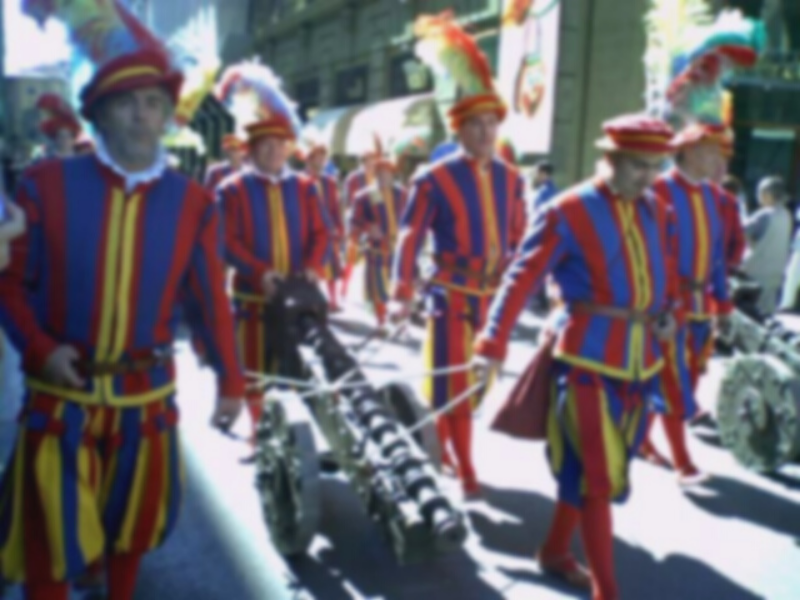
The "colubrina", a small cannon, shoots each time a team makes a "caccia" and at the end of the match.
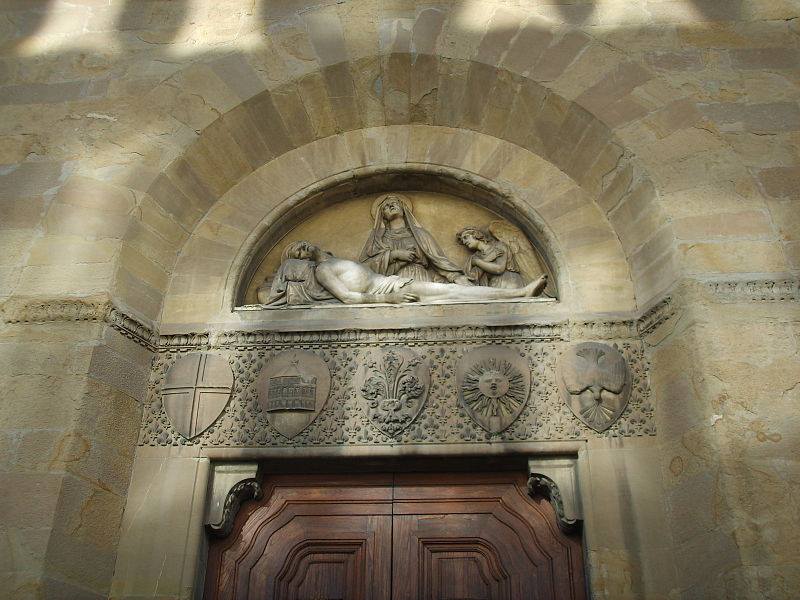

Altri articoli
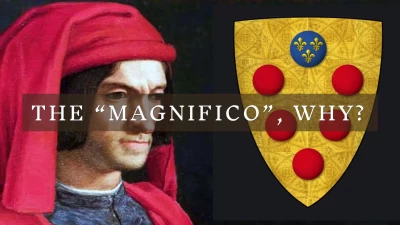
The Magnificent, why?
Lorenzo de' Medici, although not having attained such a position, was called so for his role as a guide and influence on the city.
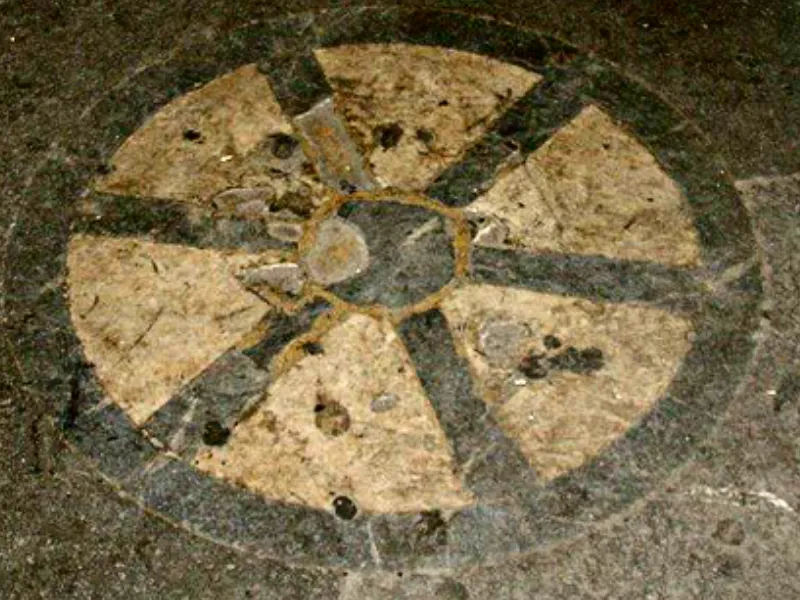
The stone of the outrage
From 1282 priors were representatives of the seven Major guilds: they fighted against the old aristocratic families revenging an active role of trade in Florence.
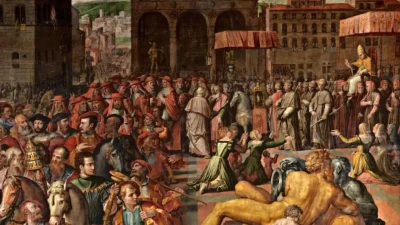
Two particolar details
Giorgio Vasari and Giovanni Stradano painted the "Arrival of the Pope In Florence" between 1555-1562.
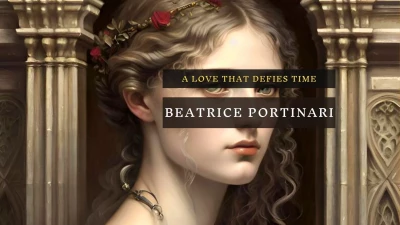
Beatrice Portinari, the impossible love
The impossible love of Dante and its impact on literature.

